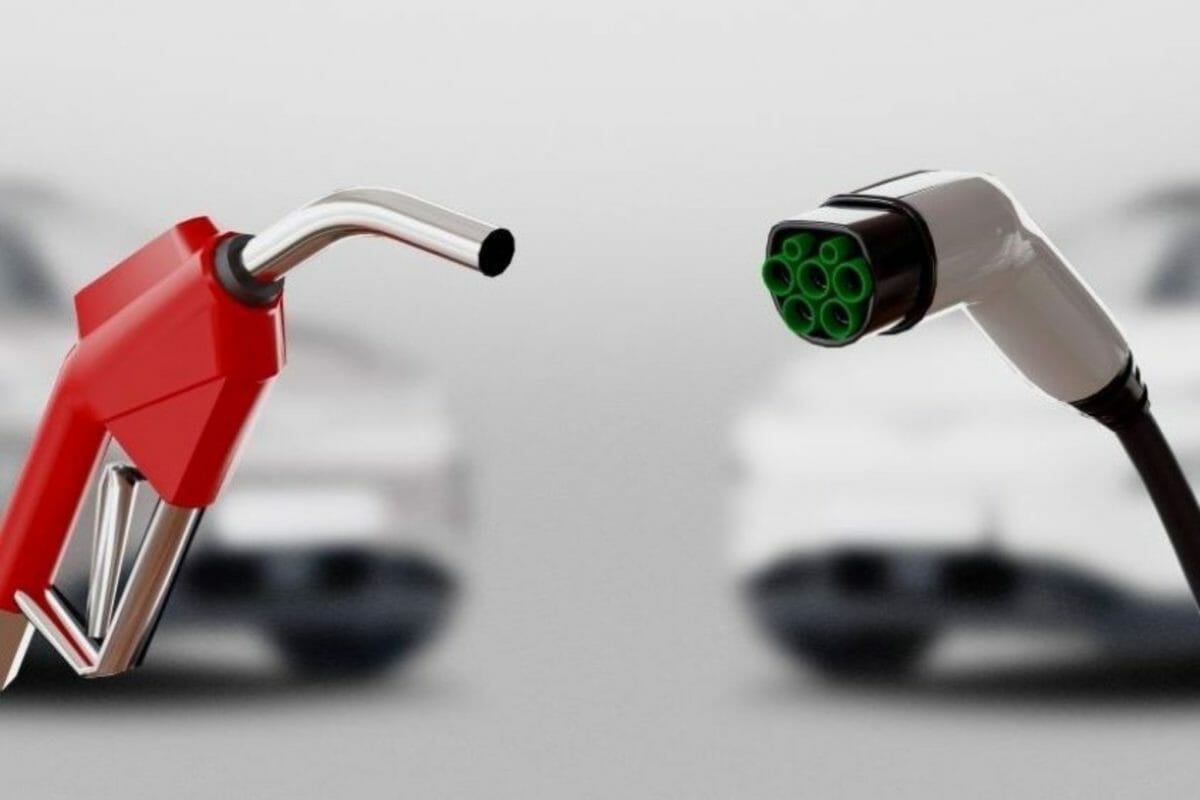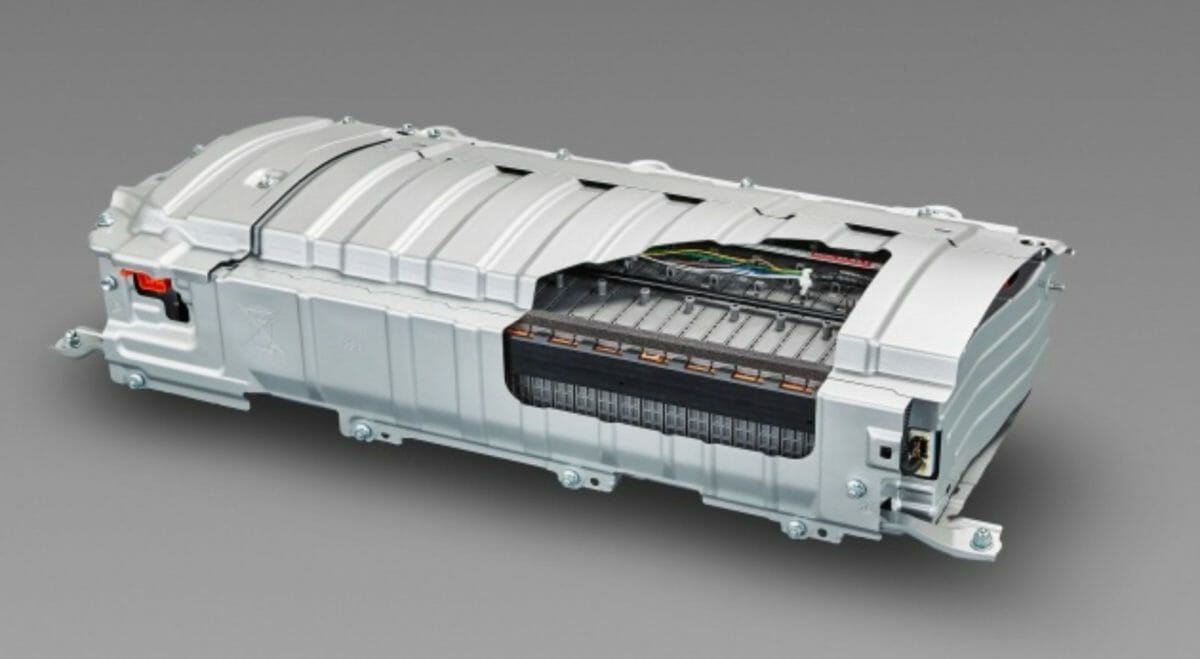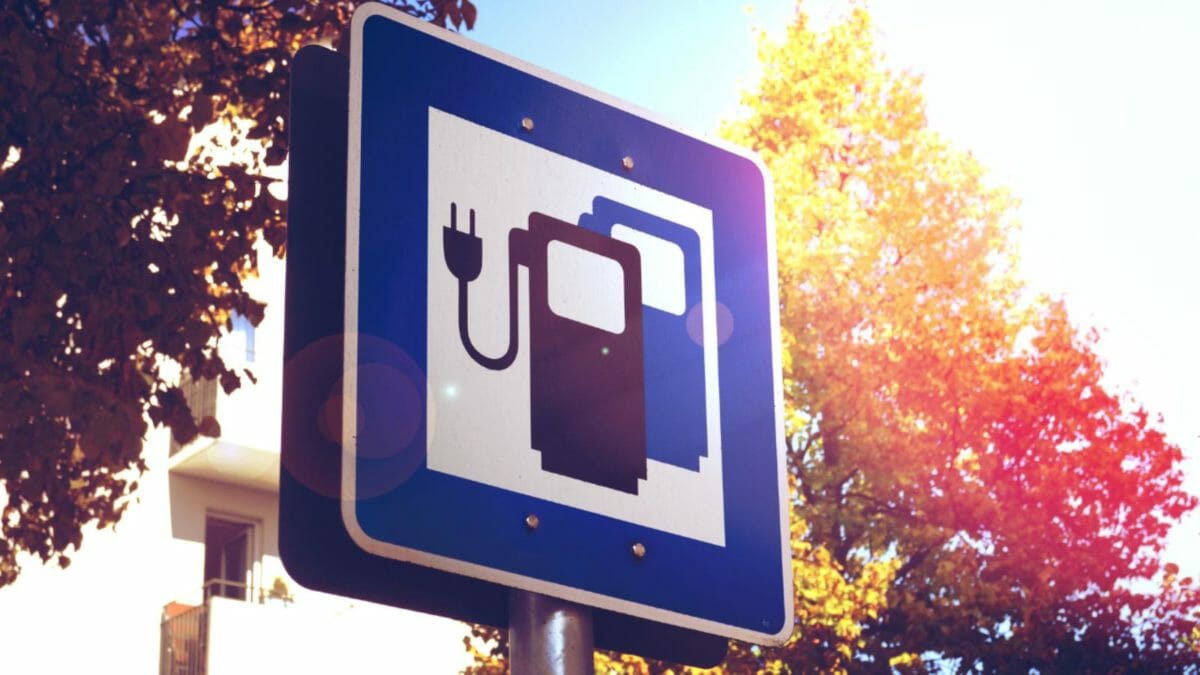The EV space is booming as we know it. We see a new player entering with a new product almost every month. However, the question to be asked is – are we as a country working on localising the EV supply chain? Only when we localise the production of batteries and motors will the cost of owning an EV go down. Mr Anand Kabra, Vice Chairman & Managing Director, Kabra Extrusiontechnik tells us about the challenges and opportunities present in the market currently in terms of localisation.

“As the world speeds towards sustainable modes of transportation, India too is doing its bit to ensure that it remains in the race. While the government is doing its bit by rolling out the Faster Adoption and Manufacturing of Electric Vehicles (FAME Phase II) Scheme with an outlay of Rs. 10,000 crores, Production Linked Incentive (PLI) Scheme for automobiles and automobile components with an outlay of Rs. 26,000 crores, Original Equipment Manufacturers (OME’s) are taking advantage of it. It is estimated that, over five years, the PLI Scheme will catalyse fresh investments of over Rs 42,500 crore in the automobile sector.
However, the electric vehicle (EV) sector is still at a nascent stage. For it to offer a real challenge to the traditional automotive industry, it’s important that it focuses on key internal aspects such as the supply chain. The EV supply chain needs to be localised, which presents its own set of challenges and opportunities.
The advantages of localising the EV supply chain begins with the fact that 70% of the materials needed for an EV remains the same. The vendors are common for EVs as well as for the internal combustion engine (ICE). There’s a lot in common between an EV and an ICE vehicle. The sheet metal, plastic, rubber and wiring harness parts are the same. This similarity makes the availability of EV parts manageable. The only really unique parts in an EV are the motor, the controller, the charger and the battery, and the key thing is to have these parts made readily available to consumers.

The real challenges in localizing the EV supply chain emerge when it comes to manufacturing the cells. However, there is light at the end of the tunnel – several projects to manufacture cells are slated for take-off in 2022, and the Start of Production will be laid down between 2024 and 2026. The mass availability of these cells, which will be made in India, will be possible from 2025 onwards and there will be more stabilisation in availability by 2030.
The availability of chargers and charging stations is also very essential to having a robust EV supply chain. To fast-track the EV revolution in India, the Central government plans to install up to 70,000 EV chargers across the country in the next few years. The work to install these chargers at petrol pumps across the country is already underway. The Centre has also directed the Automotive Research Association of India (ARAI) in Pune to develop a prototype for fast charging of electric vehicles under the FAME II scheme and aims to put it to use by the end of next year.
It is important to note that more than a dozen companies have shown interest in the PLI Scheme for Advance Cell Chemistry which has an outlay of Rs. 18,100 crores from the Central Government. On the back of this, more manufactures will get into the EV cell manufacturing business – which, again, will make cells available at more competitive prices in the future.

When any new industry comes up, it instinctively develops around key hubs. With respect to the EV supply chain, these hubs are found in cities like Delhi-NCR, Pune, Bangalore, Chennai and Hyderabad which have a considerable amount of population and show a promise for growth. These are the cities where the EV industry will grow and receive the support it needs to thrive.
The current market share of manufacturing unique EV parts in India is merely 1%. This number is expected to rise to 5% in the next few years. The large manufacturing volume will reduce the costs of making EV parts in India. Economies of scale will matter.
While we are aware of the several challenges that stand in the way of localising the EV supply chain, India still has a great chance of being an EV export base. Even though the COVID-19 pandemic did disrupt the supply chain and even halted manufacturing, the EV market is poised to pick up. Government policies will only help drive this revolution.”

